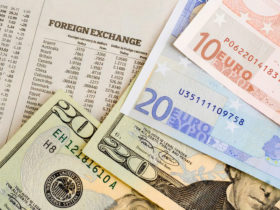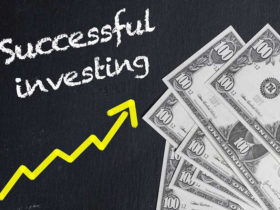When you are reviewing the range of spread betting or CFD products provided to you by your spread betting company, you may see something called the VIX. This is an index which measures volatility in the stock market, specifically the S&P 500, America’s benchmark stock market index which tracks the price of the 500 largest listed companies in the US.
The VIX is a real time index, sometimes called the ‘fear index’. Its price is based on S&P 500 index options on the Chicago Board Options Exchange. It is really a measure of how much traders are expecting the S&P 500 to move, both up and down, over the next 30 days. Remember, it is based on expectations of volatility in the market, not today’s volatility. It is a measure of how traders expect the market to behave in the immediate future.
Financial spread betters and CFD traders can calculate the real volatility the market is expecting from the S&P 500 by simply dividing the current VIX price by 12. If the VIX is at 22.28, then traders are expecting annualised volatility of around 1.8%.
The VIX really goes up and down wildly when there is uncertainty in the market. Although the VIX was only technically first published in 1993, it never broke above 35 until the Russian debt crisis in 1998, and the subsequent dot.com crash. The Russian debt crisis ushered in a period of big swings for the VIX between 1998 and 2003, after which it settled down for a while.
However, in 2008, the uncertainty in the market following the collapse of Lehman Brothers drove the VIX up past the 70 level, an unprecedented spike for the index. This was a good reflection of how much fear there really was in the market at that time. Since then, the VIX has seen a gradual decline back to beneath 20, although recent fears surrounding the euro and concerns over the US economic recovery have nudged it back up to over the 20 level.
The VIX is not the S&P 500. When using the VIX for financial spread betting or CFD trading, it is best to think of it simply as the level of fear and uncertainty in the market. This is usually downside or bearish fear: traders are worried about the effect of bad news on share prices, although it is conceivable that massive optimism in the market could drive the VIX up too.
Many financial spread betting companies will quote a price on the VIX. It represents a good index to trade – using spread bets or contracts for difference – when you either think that traders and investors are going to become more fearful, or when you think their fears are unfounded. If the index is already high, you could use a short or sell position on the VIX to hope to profit from it as it comes down (the southward trend of the index in late 2008/early 2009 was a good opportunity for this). This is easy to do using a spread betting account, as spread bets let you profit from falling prices as easily as rising ones.
Using a spread betting account, you will be staking an amount of money based on each ‘point’ the VIX changes. With a ‘buy’ order, you would be expecting it to rise, with a sell order you would be expecting it to fall. Remember: the VIX represents prices being paid for options, used by big players in the market like fund managers and banks to hedge their downside risk, particularly for US equities. If they get scared, they start to buy options, and the options prices will go up. When everyone in the market is scared and running for cover, look to the VIX as an index that might actually climb amidst all the negativity.
Experienced financial spread betting and CFD traders will also use the VIX as a sanity check before they decide to short (sell) a stock. With spread betting and CFD trading, you can use a sell trade to benefit from a falling share price, but will it fall? How sure are you that the market is going to sell? You can look at the VIX index, which should be readily available to you on the trading platform you get access to when you open a spread betting account, to take the temperature of the market. Is the VIX trending up? Are the daily volumes creeping up? This could be an indicator that it is time to look closely at shorting some shares.
If you are uncomfortable with shorting, or find it difficult to make money on the short side, the VIX index is still a good spread bet opportunity at a time when many stock market indexes are going down.














